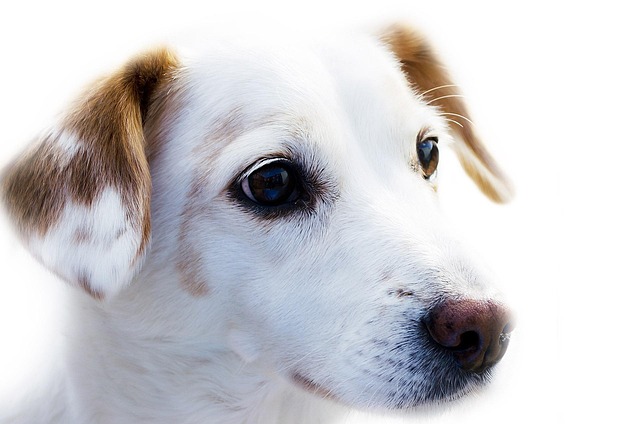
How to train your dog to come when called outside?
When you loosen the leash and watch the dog running happily on the grass, with its tail raised high and the sun shining on its fluffy hair, its free and cheerful appearance makes people smile.
When we happily plan to take our dog to the suburbs or go to the pet hospital for a health check, we find that it is full of fear of cars and shivers in the corner. The expectation instantly turns into heartache. Dogs' resistance to riding in cars is not innate, but stems from their uneasiness about unfamiliar environments and unknown experiences. Helping dogs overcome their fear of riding in cars and learn to enjoy time in the car is not only a practical training, but also an important manifestation of our giving them a sense of security and care. Every successful training is a reinforcement of trust between us and the dog, and a good start to accompany it to explore the world.
The first step in training is to make the dog familiar with the huge "steel monster" of the car. Just like we feel nervous when we first come into contact with unfamiliar things, when a dog sees a car, the roaring engine sound and the cold touch of metal will make it instinctively alert. We can first park the car in a quiet environment, open the door, and invite the dog to come closer. At this time, do not force it to get in the car, but call it in a gentle tone, and at the same time take out its favorite snacks, such as fragrant chicken jerky and delicious cheese grains, and place them near the car door to encourage it to approach actively. When the dog takes the first step cautiously and approaches the car door to sniff, immediately give enthusiastic praise and snack rewards to let it know that approaching the car is a pleasant thing. This process may need to be repeated many times, because each dog adapts at a different speed. Some dogs may get rid of their fear quickly, while others need more time. What we have to do is to be patient and give it enough time to adapt.
When the dog is no longer afraid of the car and can easily approach the car door, we can guide it to try to get in the car. You can gently pick up the dog and let it feel the environment inside the car, while soothing it with gentle words and telling it "It's safe here". If the dog is more resistant, do not force it into the car, but let its front paws rest on the car door first, and reward it immediately as long as it has this action. Gradually, the dog will let down its guard and take the initiative to walk into the car. Once your dog has successfully boarded the vehicle, give him lots of praise and treats so he associates the act of boarding with a positive experience.
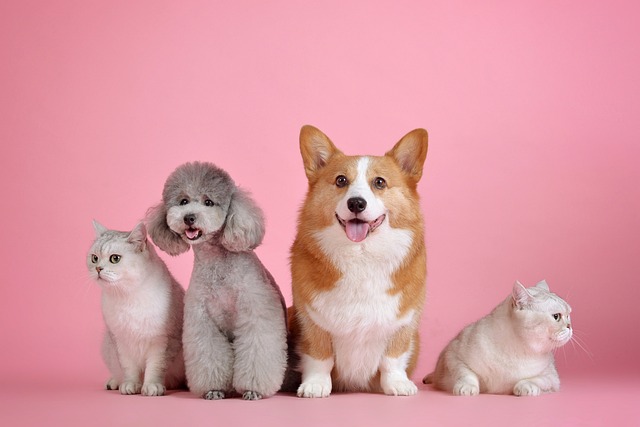 Once your dog is in the vehicle, it is critical that he feels comfortable and safe inside the vehicle. Prepare a comfortable space for your dog, using a pet safety seat, airline crate, or soft cushion. These items not only give your dog a fixed position in the vehicle, reducing the discomfort caused by bumps, but also give him a sense of security in his own territory. Keeping your dog's favorite toys and a small blanket with its familiar smell nearby can further ease his nervousness. Just as we bring familiar items with us to ease the unfamiliarity when we go out, these familiar smells can make your dog feel at ease in the car. At the same time, make sure the temperature in the car is appropriate, avoid being too cold or too hot, and create a comfortable riding environment for your dog.
Once your dog is in the vehicle, it is critical that he feels comfortable and safe inside the vehicle. Prepare a comfortable space for your dog, using a pet safety seat, airline crate, or soft cushion. These items not only give your dog a fixed position in the vehicle, reducing the discomfort caused by bumps, but also give him a sense of security in his own territory. Keeping your dog's favorite toys and a small blanket with its familiar smell nearby can further ease his nervousness. Just as we bring familiar items with us to ease the unfamiliarity when we go out, these familiar smells can make your dog feel at ease in the car. At the same time, make sure the temperature in the car is appropriate, avoid being too cold or too hot, and create a comfortable riding environment for your dog.
As your dog gets used to boarding the vehicle, you can do some short test drives. When starting the vehicle, be gentle and slow to avoid sudden roars and vibrations that scare your dog. Drive a short distance at a slow speed, such as around the neighborhood, while always paying attention to your dog's reaction. If the dog behaves calmly and does not show any discomfort symptoms such as anxiety or vomiting, give it more rewards and praise after arriving at the destination. However, if the dog is nervous, drools, keeps barking, etc., stop the car immediately, calm it down, and try again after it calms down. As the training progresses, gradually extend the driving distance and time to allow the dog to slowly adapt to different road conditions and driving durations.
In the process of training dogs to ride in the car, you also need to pay attention to some details. Avoid feeding the dog too much before riding in the car to prevent it from vomiting in the car; when opening the car window, make sure the window is open to a suitable degree to prevent the dog from sticking its head out of the window and causing an accident. At the same time, you can also use a pet-specific car window protection net. In addition, dogs of different breeds and personalities have different acceptance levels for riding in the car. Some lively and active dogs may be easier to adapt, while some sensitive dogs need more patience and care. We need to adjust the rhythm and method of training according to the characteristics of our own dogs.
One day, when we opened the car door, the dog happily jumped into the car, wagging its tail in anticipation of the journey that was about to begin. All our efforts turned into full happiness. Helping the dog learn to ride in a car can not only broaden its living radius and let it see a wider world, but also make our memories with it more colorful. The training and companionship along the way are our endless love for the dog, and also the precious feedback from the trust and dependence it gives us.

When you loosen the leash and watch the dog running happily on the grass, with its tail raised high and the sun shining on its fluffy hair, its free and cheerful appearance makes people smile.

In the thousands of years of symbiosis between humans and dogs, training has always been the key link to maintain the tacit relationship between the two.
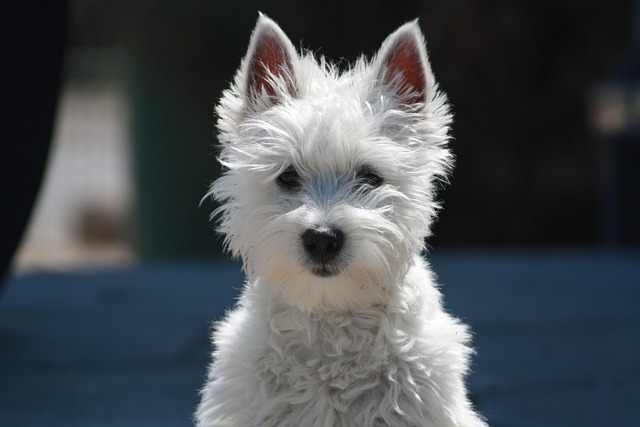
When we walk with our dogs on the street, we are supposed to enjoy a leisurely time, but suddenly encounter a cat. The dog instantly tenses up, barks non-stop, and even struggles to break free from the leash to pounce on the cat.
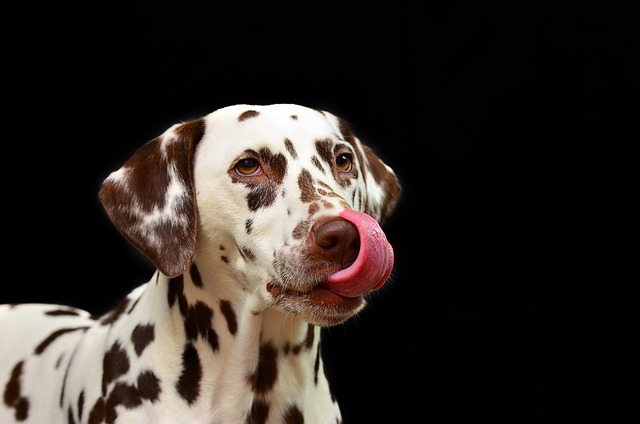
When you get lost in a dense forest or are looking for key clues in a case, there is always a group of special "companions" who can use their keen sense of smell to clear the fog and lead us to the truth. They are dogs with excellent tracking ability.
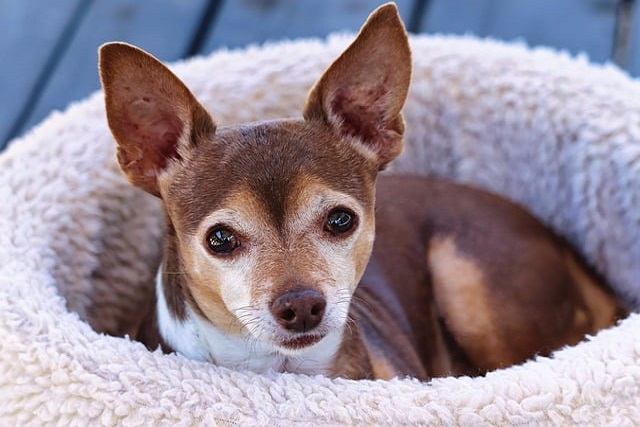
When we walk our dogs on the street, an ordinary-looking leash carries the important mission of ensuring safety and regulating behavior.
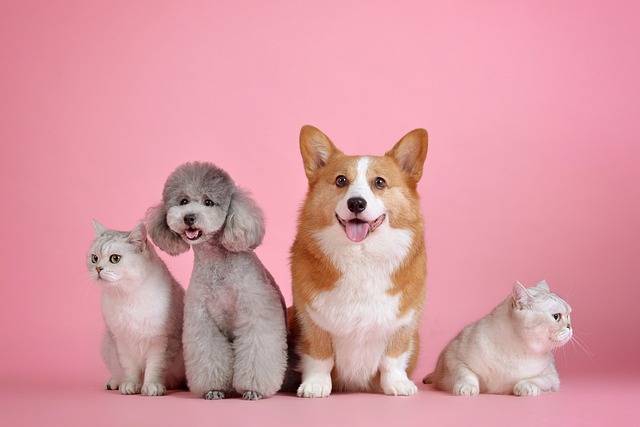
When we happily plan to take our dog to the suburbs or go to the pet hospital for a health check, we find that it is full of fear of cars and shivers in the corner. The expectation instantly turns into heartache.